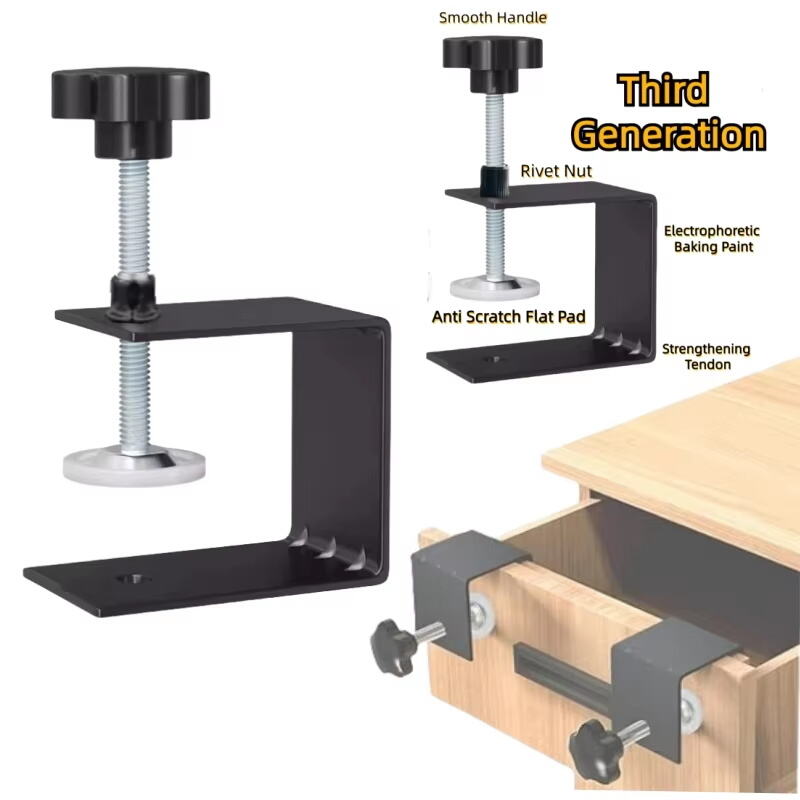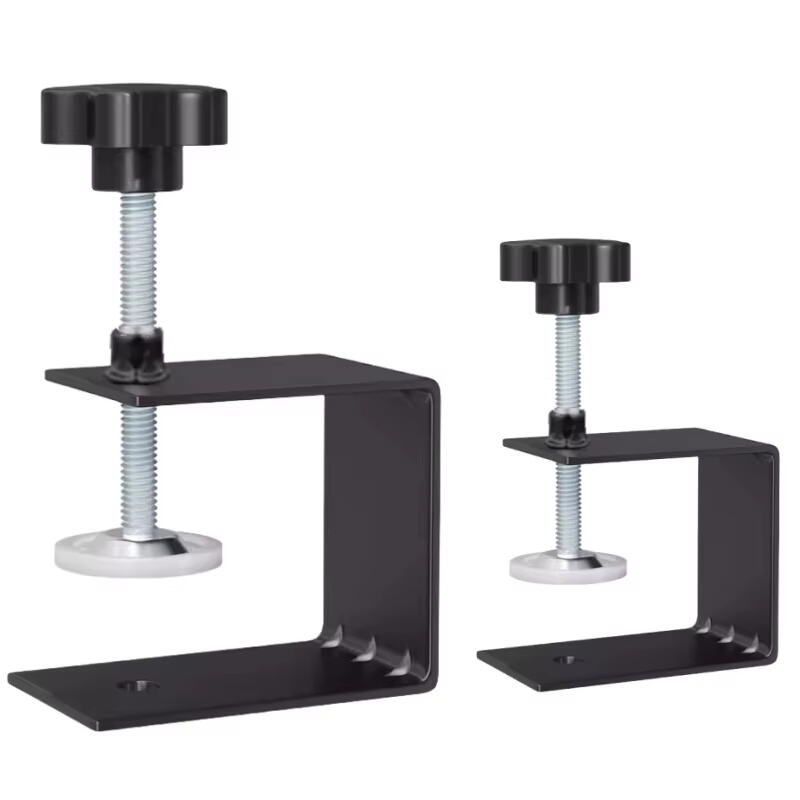Essential Guide to Earhose Clamp Installation
Installing an earhose clamp correctly is crucial for maintaining a secure and leak-free connection in various mechanical applications. Whether you're working on an automotive cooling system, plumbing fixtures, or industrial equipment, proper earhose clamp installation ensures optimal performance and prevents costly repairs down the line. This comprehensive guide will walk you through the essential steps and best practices for installing an earhose clamp effectively.
Understanding Earhose Clamp Components
Structure and Design Features
An earhose clamp consists of several key components that work together to create a reliable seal. The band, typically made from stainless steel or galvanized material, wraps around the hose while the ear portion contains the mechanism for tightening. The bridge between the ears provides the necessary tension when compressed, ensuring even pressure distribution around the circumference of the hose.
Types and Sizes Available
Earhose clamps come in various sizes and specifications to accommodate different applications. Single-ear and double-ear designs are common, with sizes ranging from small diameter fittings to large industrial connections. The material thickness and band width also vary depending on the pressure requirements and environmental conditions of the installation.
Quality Indicators
High-quality earhose clamps feature smooth edges to prevent hose damage, consistent material thickness for reliable compression, and corrosion-resistant properties. The ear design should demonstrate sturdy construction with proper reinforcement to maintain clamping force over time.

Preparation for Installation
Tool Selection
Proper installation requires the right tools. Essential items include earhose clamp pinchers or pliers specifically designed for compression, measuring tape or calipers for sizing verification, and cleaning supplies for surface preparation. Having the correct tools ensures smooth installation and prevents damage to both the clamp and hose.
Surface Inspection
Before installing an earhose clamp, thoroughly inspect both the hose and fitting surfaces. Remove any debris, old gasket material, or corrosion that could compromise the seal. Check for any damage or irregularities that might affect the clamp's performance.
Size Verification
Accurate sizing is critical for proper earhose clamp function. Measure the outer diameter of the hose and fitting to ensure the selected clamp provides adequate coverage and compression range. Account for any expansion or contraction that may occur during operation.
Installation Process
Positioning the Clamp
Place the earhose clamp over the hose end, ensuring it sits at least 1/4 inch from the edge to prevent slipping. Position the ear mechanism for easy access during compression and future maintenance. The clamp should be oriented to avoid interference with other components or structures.
Compression Technique
Using the appropriate pinchers or pliers, compress the ears of the clamp gradually and evenly. Apply steady pressure until the ears are fully engaged and the specified gap is achieved. Avoid over-compression, which can damage the clamp or compromise the seal.
Verification Steps
After installation, verify the earhose clamp's security by checking for proper compression and alignment. The band should maintain even contact around the entire circumference of the hose. Test the connection under operating conditions to ensure no leaks are present.
Maintenance and Inspection
Regular Monitoring
Establish a routine inspection schedule for all earhose clamp installations. Check for signs of wear, corrosion, or loosening that could indicate potential failure. Monitor the hose condition near the clamp for any degradation or damage.
Preventive Measures
Protect earhose clamps from environmental factors that could accelerate wear or corrosion. Apply appropriate coatings or treatments when necessary, and maintain proper system operating conditions to extend clamp life.
Replacement Guidelines
Replace earhose clamps at the first sign of deterioration or after a predetermined service interval. Keep spare clamps on hand for critical applications, and document installation dates and maintenance history for reference.
Troubleshooting Common Issues
Leak Detection
When leaks occur around an earhose clamp installation, systematically check for common causes such as improper compression, misalignment, or damaged components. Use appropriate leak detection methods to identify the exact location and nature of the problem.
Adjustment Procedures
Minor adjustments to earhose clamp tension may be necessary during initial break-in or after thermal cycling. Follow manufacturer guidelines for safe adjustment procedures, and avoid excessive re-compression that could weaken the clamp.
Professional Assessment
For critical applications or persistent issues, consult with qualified technicians who specialize in earhose clamp installations. Professional expertise can help identify underlying problems and ensure proper remediation.
Frequently Asked Questions
Can I reuse an earhose clamp after removal?
While earhose clamps are designed for one-time use, some types may be reused if they show no signs of damage or deformation. However, for critical applications, always install new clamps to ensure maximum reliability and safety.
How tight should an earhose clamp be compressed?
The proper compression varies by manufacturer and application. Generally, compress the ears until they meet the specified gap requirement, typically indicated by marks or stops on the clamp. Avoid over-compression, which can damage both the clamp and hose.
What causes earhose clamps to fail?
Common causes of failure include improper installation, corrosion, mechanical stress, temperature extremes, and normal wear over time. Regular inspection and maintenance can help prevent unexpected failures and ensure long-term reliability.
How do I choose the right size earhose clamp?
Select an earhose clamp based on the outer diameter of the hose and fitting, allowing for proper compression range. Consider factors such as operating pressure, temperature, and environmental conditions when choosing the appropriate size and style.

